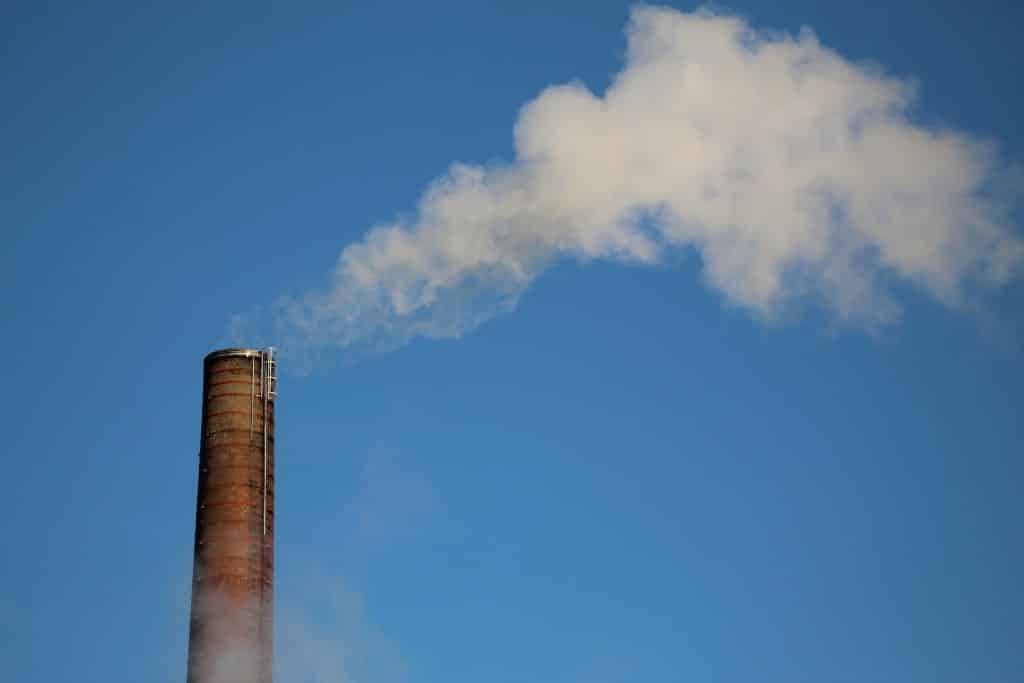Manufacturing plants are out there to make society a better place. They provide employment opportunities for thousands of people and produce quality products to improve the living condition of the human population.
However, in doing these, they carry out some activities that may be harmful to the human population it’s looking to serve.
One of such activities is the emission of chemically active compounds into the atmosphere. These substances can not only harm the human population close by to the area of emission; they can have a negative effect on the environment itself.
One of the many ways to control the adverse effect of the harmful substance emission from these manufacturing plants is to understand how these substances are dispersed into the air.
This can be done by carrying out an air dispersion modeling exercise to spot the danger and predict the effect the pollutants can cause on those exposed to them.
What Is Air Dispersion Modeling?
Simply put, air dispersion modeling involves a computer simulation that uses mathematical formulae to show how substance emissions will disperse once released into the atmosphere.
It focuses on how emissions scatter and migrate downwards once they are discharged into the atmosphere from their source.
Air dispersion modeling can be conducted as a forward-looking activity before a manufacturing plant is set to work to assess the level of impact its emissions will have on the immediate environment. It can also be used to evaluate the level of air pollution currently caused by an industry already operating in an environment.
The latter part of the above case where air dispersion modeling can be used is quite common with litigants seeking to establish or defend against liability for harm caused by the substances emitted into the atmosphere by an industry or a plant facility.
Cases Involving Air Dispersion Modeling
In the United States, air quality management and air pollution control is appropriately addressed, as the cost of neglecting such important aspect can be disastrous. Such negligence can cause health problems, and it can also lead to property damage.
The Clean Air Act administered by the U.S. Environmental Protection Agency (EPA) serves as the federal law that regulates all sources of air emissions.
The National Ambient Air Quality Standards (NAAQS) established by the EPA serves as a standard on pollutants to protect public health and the environment.

However, some of these standards are perceived to have been breached, and litigants look to the court to establish claims and receive judicial decisions.
An example of such a scenario is the case of Hartle v. First Energy Generation Corp., where the plaintiff sued the defendant for alleged harm from air pollution discharged from a facility owned by the defendant.
According to the plaintiff, corrosive elements were discharged from the facility and deposited in the surrounding area, causing property damage and significant health impacts.
The plaintiff introduced air dispersion modeling created by an expert to back up their claims.
In the case of South Camden Citizens in Action v. New Jersey Department of Environmental Protection, plaintiffs also employed air dispersion modeling to back up their claims of being exposed to pollutants through an air pathway.
A report from an air modeling expert was used.
The case of Abarca v. Franklin County Water District also saw the use of air dispersion modeling created by experts to back up claims.
Conclusion
Air dispersion modeling is a valuable technique for assessing a facility’s contribution to air pollution issues. It’s also a risk assessment and emission management tool that can be presented to a jury to prove the litigants claims.
However, the models and interpretation of these data may be complex for them to grasp.
Hence, the models will become more understandable to the jury members with 3D graphics serving as visual assistance and point out how these pollutants travel through the atmosphere, their concentration, and where they rest at specific spots.





